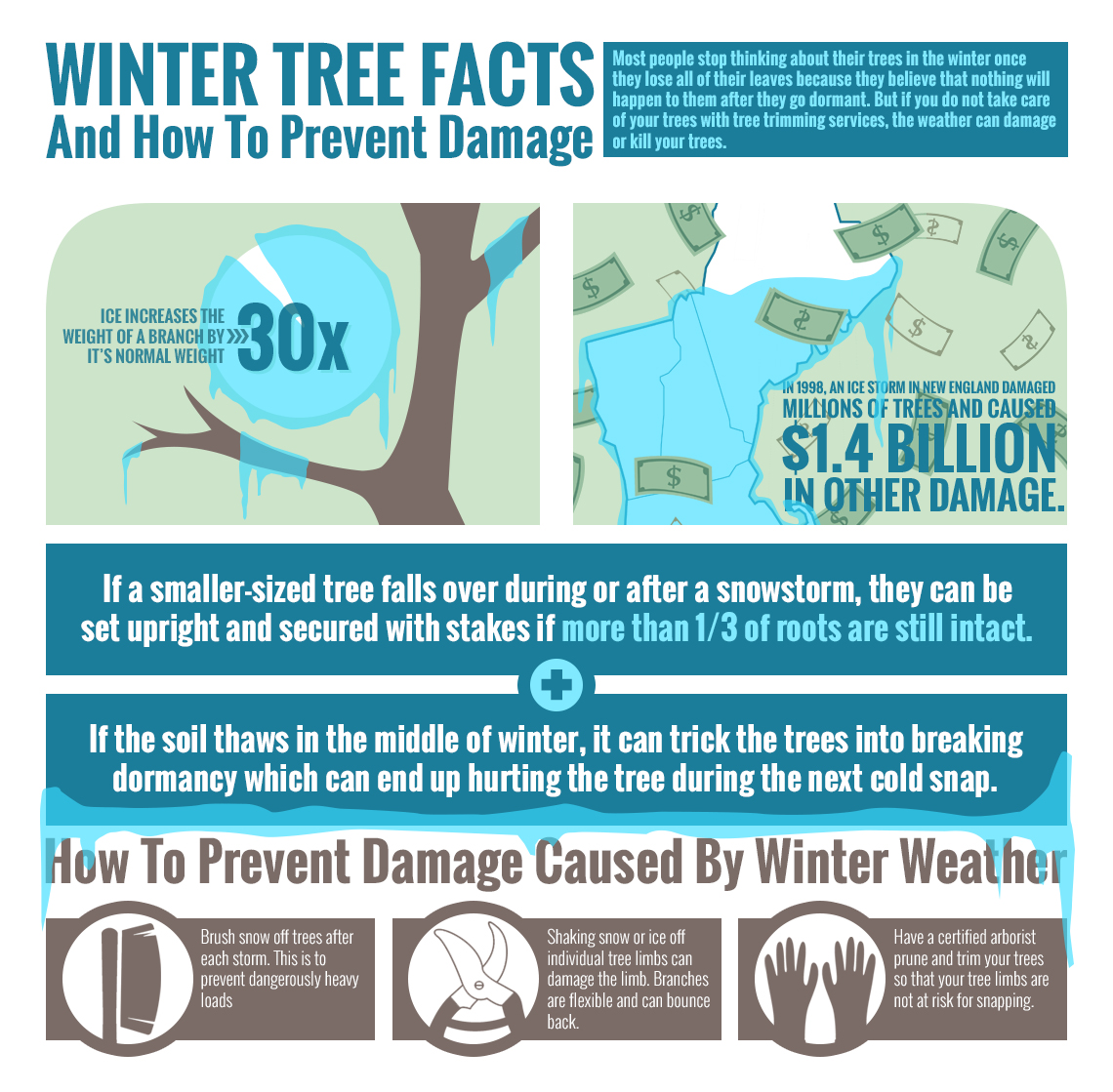Tree Treatment By Period: Efficient Strategies For Managing Trees Before And After Their Removal
Tree Treatment By Period: Efficient Strategies For Managing Trees Before And After Their Removal
Blog Article
Author-
When it concerns seasonal tree care, making certain proper monitoring prior to and after elimination can significantly influence the health and wellness and aesthetic appeals of your landscape. By recognizing the necessary actions associated with assessing tree health and planning for elimination, you can proactively secure your home. But what concerning the essential methods to comply with as soon as the tree is gone? Remain tuned to find the essential post-removal care measures that will aid you grow a successful and sustainable environment for your trees.
Pre-Removal Tree Care
Before addressing the elimination of a tree, it's critical to prioritize pre-removal tree care. Begin by analyzing the tree's wellness and architectural honesty. Try to find indications of condition, bug invasions, or any type of structural problems that may position a safety and security hazard throughout removal. It's necessary to talk to a certified arborist to identify the most effective strategy.
Pruning dead or diseased branches can protect against more damages to the tree and guarantee a smoother elimination process.
Additionally, think about the environmental impact of getting rid of the tree. Trees play a crucial function in our community, so planting a new tree in an appropriate place can help counter any kind of loss. Guarantee that you have the necessary authorizations and permissions for tree elimination, particularly if the tree is shielded by local guidelines.
Seasonal Upkeep Tips
Evaluating your tree's demands throughout the year is important for its health and wellness and long life. To keep your trees in leading condition, follow these seasonal maintenance tips.
In springtime, focus on pruning to get rid of dead or damaged branches and urge new development.
Summertime requires routine watering, particularly during droughts, to ensure your tree remains hydrated.
As fall techniques, keep an eye out for very early indications of illness or anxiety, and consider using mulch to protect the roots during wintertime.
In winter, be cautious when removing snow from branches to avoid breakage, and continue to check your tree's general health.
Remember to adjust your care routine based on the specific demands of your tree varieties and neighborhood climate. By remaining attentive and positive throughout the seasons, you can help your trees flourish and grow for many years ahead.
Post-Removal Tree Care
To guarantee the health of your landscape also after tree elimination, appropriate post-removal treatment is crucial. After a tree is removed, it's critical to fill the continuing to be opening with topsoil and compact it to prevent settling. This will aid keep the integrity of the ground and protect against potential risks in the future.
Consider planting brand-new vegetation in place of the removed tree to recover the equilibrium and appearances of your landscape. On a regular basis water the location to promote the growth of new plants and prevent dirt disintegration.
Inspect the bordering trees for any type of indications of condition or tension that might have been caused by the gotten rid of tree. Keep visit this site out for pests that could've been attracted to the previous tree and take safety nets to safeguard the continuing to be vegetation.
If necessary, consult with a professional arborist to evaluate the influence of the removal on the surrounding trees and figure out any kind of added care required. By adhering to these post-removal care actions, you can ensure the ongoing health and appeal of your landscape.
Verdict
In conclusion, aggressive seasonal tree care is crucial for keeping the health and balance of your landscape. By assessing tree health, trimming, and talking to an arborist prior to removal, you can ensure a risk-free procedure. After elimination, filling the hole, growing new plant life, and normal watering will advertise new development and prevent disintegration. Remember to evaluate bordering trees for illness and look for further care measures from an arborist to keep your landscape thriving.
